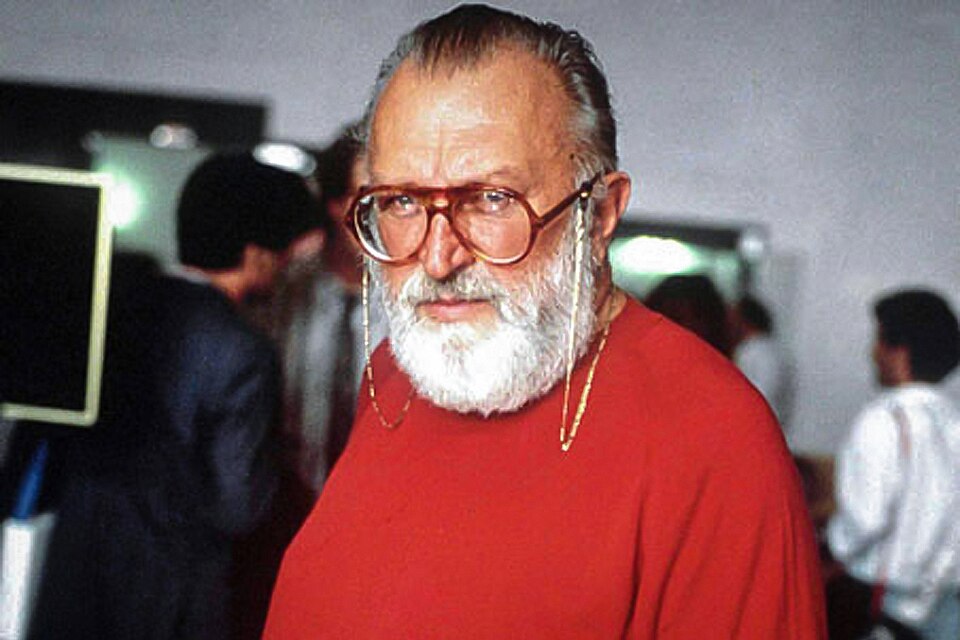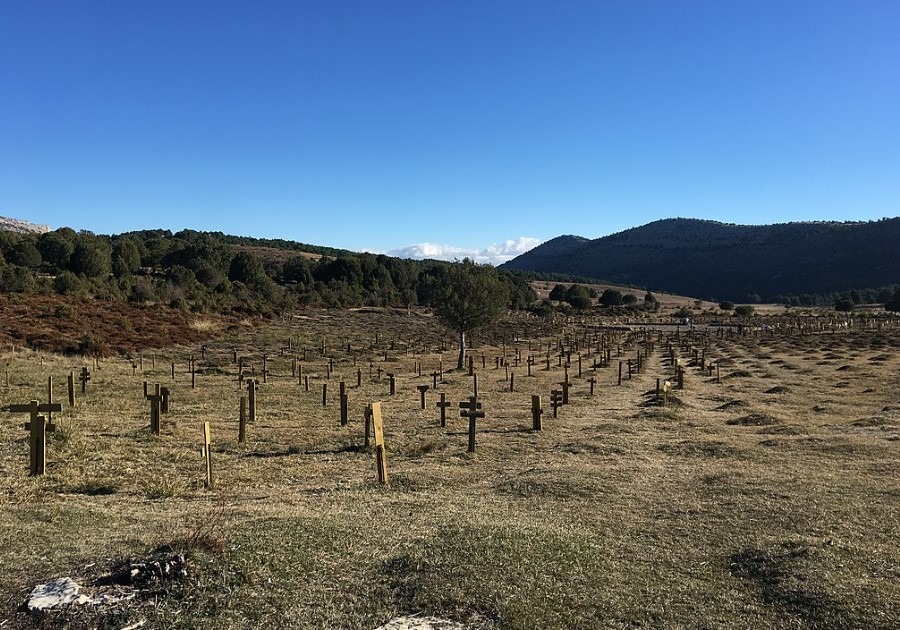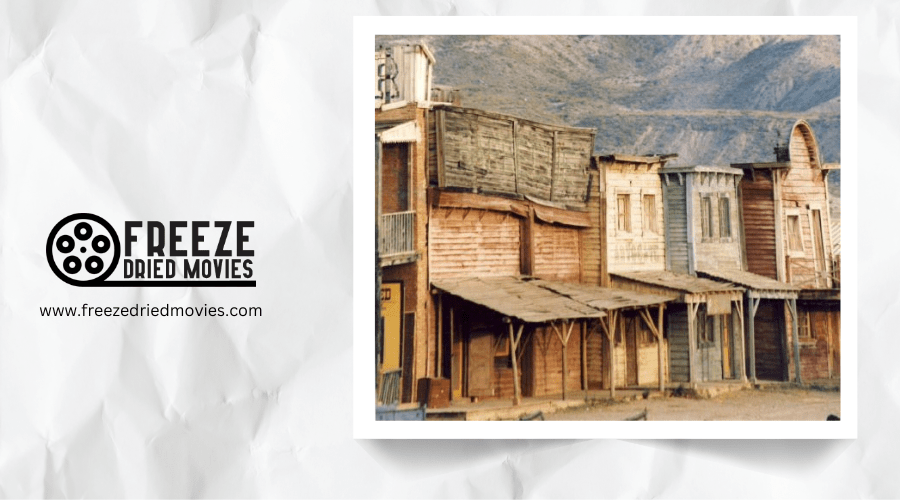Top Screenwriters Who Shaped the Spaghetti Western Narrative

You've likely heard of Sergio Leone's iconic western films, but have you considered the screenwriters who crafted these revolutionary narratives? Behind the squinting gunslingers and sweeping desert vistas worked literary architects who transformed a genre. They created morally ambiguous antiheroes, wove political commentary into dusty frontier tales, and established visual storytelling techniques still mimicked today. Their words gave birth to some of cinema's most memorable characters—before a single frame was shot or a note of Morricone's music composed.

Sergio Leone: The Visionary Behind the Dollars Trilogy
Maestro of cinematic innovation, Sergio Leone revolutionized the western genre with his groundbreaking Dollars Trilogy. You'll witness his distinctive filmmaking style—extreme close-ups, dramatic pauses, and slow-motion sequences—that departed radically from traditional Western conventions.
Through "A Fistful of Dollars," "For a Few Dollars More," and "The Good, the Bad and the Ugly," Leone crafted morally ambiguous narratives enhanced by Ennio Morricone's haunting scores. He catapulted Clint Eastwood to stardom as the enigmatic "Man with No Name," whose stoic pragmatism embodied the genre's cynical frontier outlook.
Leone's influence extended beyond the trilogy to masterpieces like "Once Upon a Time in the West," where he continued exploring moral ambiguity, greed, and violence—themes that challenged Hollywood's romanticized West and established him as the definitive spaghetti western auteur. While Leone created his revolutionary films, John Wayne was simultaneously representing rugged individualism and more traditional American values in his Western roles.

Luciano Vincenzoni's Multilayered Storytelling Techniques
While Sergio Leone captured audiences with his visual style, screenwriter Luciano Vincenzoni revolutionized the Spaghetti Western through his intricate narrative architecture. His work on classics like "The Good, the Bad and the Ugly" elevated the subgenre beyond simple cowboy tales.
Vincenzoni's screenplays weave complex character development with unexpected plot twists. His protagonists aren't traditional heroes—they exist in domains of moral ambiguity, driven by greed and revenge rather than justice. This deliberate blurring of good and evil became a hallmark of the genre.
Vincenzoni's plotting techniques incorporated psychological depth and multilayered themes that challenged viewers. By crafting stories filled with betrayals and shifting alliances, he created a narrative sophistication that distinguished Spaghetti Westerns from their American counterparts and influenced countless filmmakers thereafter. His contributions to the genre reflected the broader 1950s trend toward characters facing moral dilemmas that tested their principles and enriched the viewer's engagement with the story.
Sergio Donati and the Art of Character-Driven Narratives
Sergio Donati elevated the Spaghetti Western genre through his masterful approach to character development, crafting protagonists who defied simple categorization. His scripts, including "Once Upon a Time in the West" and "For a Few Dollars More," introduced viewers to morally ambiguous figures whose self-interest drove their actions rather than traditional heroism.
In his collaborations with Sergio Leone, Donati's psychological depth transformed characters like the "Man with No Name" into complex individuals that challenged audience expectations. You'll notice how his narratives deliberately blur the line between good and evil, creating rich tensions that resonate beyond standard genre conventions.
Donati's sophisticated storytelling rescued spaghetti westerns from their exploitation roots, establishing the genre as legitimate cinematic art. This narrative complexity explains the cult status his films continue to enjoy decades later. Unlike the 1940s Westerns that featured clear moral dichotomies between heroes and villains, Donati's characters operated in a nuanced ethical landscape.

Fernando Di Leo's Contributions to Political Westerns
Unlike Donati's character-driven approach, Fernando Di Leo transformed the Spaghetti Western into a vehicle for social commentary and political critique. As a screenwriter, he infused the genre with anti-imperialist themes and unflinching examinations of class struggles that resonated with audiences experiencing social upheaval.
His collaborations with directors Sergio Sollima and Giulio Petroni proved particularly fruitful, establishing a new trajectory for political westerns that confronted authoritarianism and championed marginalized communities. Di Leo's legacy lies in his ability to transform genre entertainment into meaningful social discourse.
You'll find Di Leo's distinctive voice in films like "The Unholy Four" and "Barquero," where protagonists challenge corrupt systems rather than simply pursuing personal vendettas. He cleverly incorporated elements of the Mexican Revolution to draw parallels with contemporary liberation movements, giving his narratives historical weight.

Dario Argento's Early Genre-Defining Scripts
Before his emergence as a horror maestro, Dario Argento crafted several foundational spaghetti western screenplays that would permanently alter the genre's DNA. As an Italian screenwriter, his work on films like "A Pistol for Ringo" and "The Return of Ringo" established elements that would become genre staples:
- Morally ambiguous protagonists who blur the line between hero and villain
- Graphic violence presented with stylized cinematography that became a visual signature
- Complex, twist-laden plots featuring elaborate double-crosses and betrayals
Through collaborations with directors Sergio Corbucci and Duccio Tessari, Argento developed suspenseful narratives that transcended traditional western storytelling.
You can see how his early spaghetti western scripts laid the foundation for his later horror work, revealing a consistent talent for creating tension and visual innovation.

Franco Solinas and the Revolutionary "Zapata Westerns"
While Dario Argento explored psychological tension in his spaghetti westerns, Franco Solinas revolutionized the genre by infusing it with explicit political consciousness through his "Zapata Westerns." These films, including influential works like "Compañeros" (1970) and "The Mercenary" (1968), transported the western's setting from the American frontier to the tumultuous Mexican Revolution, creating a powerful canvas for examining class struggle, imperialism, and revolutionary ideals.
In Solinas' scripts, you'll find morally ambiguous characters caught in political turmoil, challenging traditional Western heroism. His narratives pit revolutionary idealism against capitalist exploitation, with Mexican revolutionaries and mercenary gunfighters traversing complex moral terrain.
"A Professional Gun" (1968) exemplifies this approach, offering a nuanced critique of Latin American revolutions and their human cost. Solinas expanded the spaghetti western beyond entertainment, transforming it into a vehicle for social commentary.
Ernesto Gastaldi's Influence on Spaghetti Western Dialogue
You'll recognize Gastaldi's signature approach through:
- Morally ambiguous protagonists who challenge traditional western heroism
- Sharp dialogue infused with dark humor and cynicism
- Subtle social commentary that questioned established authority
Gastaldi's scripts broke from Hollywood conventions by emphasizing individualism and anti-establishment themes. His characters rarely spoke without purpose; each line revealed motivations and advanced the plot.
Through his work, Spaghetti Westerns gained their characteristic dialogue—terse, meaningful, and often laced with irony—that would influence filmmakers for generations.
Sergio Corbucci: Directing and Writing the Django Universe
Where Gastaldi defined the dialogue of Spaghetti Westerns, Sergio Corbucci carved out his legacy through groundbreaking direction and storytelling in the Django universe. His 1966 cult classic introduced audiences to the coffin-dragging gunfighter who'd become an icon of the genre.
Corbucci's distinctive approach in how he populated his narratives with morally ambiguous characters and infused them with graphic violence and political commentary. Through sequels and spiritual successors like "The Great Silence" and "Compañeros," he created a stark contrast to idealized American Westerns, establishing the gritty realism that defined Spaghetti Westerns.
Corbucci's bold vision resonated far beyond his era, influencing filmmakers like Quentin Tarantino and cementing Django as one of the genre's most recognizable and enduring characters.
The Literary Inspirations Behind Spaghetti Western Screenplays
Although regarded primarily as cinematic innovations, Spaghetti Westerns drew from a rich tapestry of literary traditions that shaped their distinctive narratives. The screenplay foundations came from diverse intellectual wellsprings you mightn't immediately associate with the genre:
- Classic Western literature provided the backbone through Bret Harte's revenge-driven plots and Zane Grey's outlaw protagonist archetypes
- Philosophical depth emerged from Albert Camus' existentialist nihilism, while Joseph Campbell's monomyth structure and Greek tragedy elements crafted the iconic anti-heroes
- American literary styles like Hammett and Chandler's hard-boiled detective fiction influenced the gritty realism and offbeat humor
Writers like Sergio Donati even wove political commentary on American interventionism into their screenplays, reflecting contemporary global tensions through Western settings.



